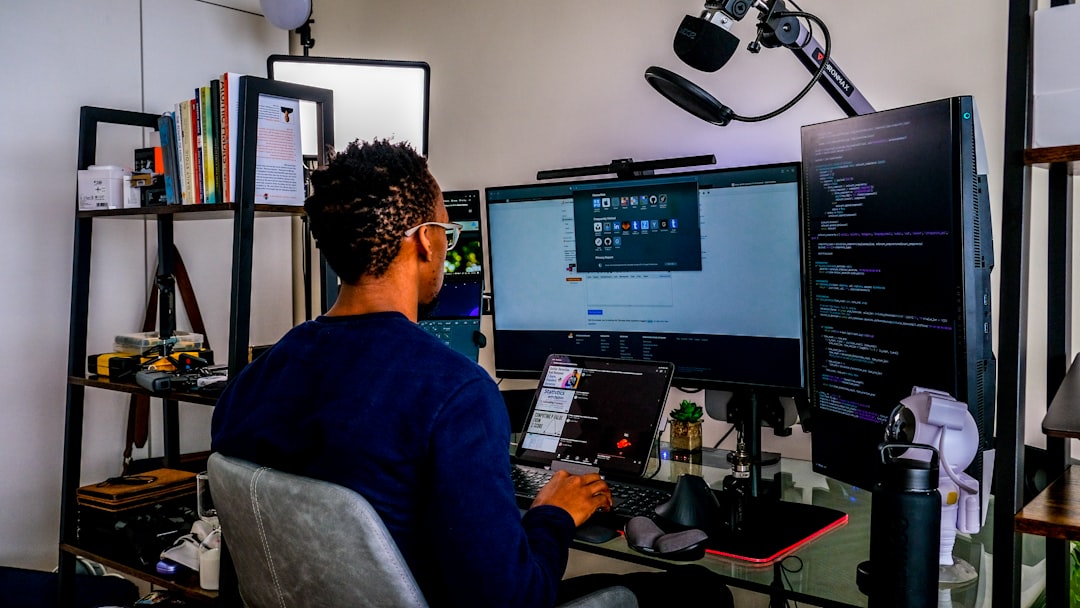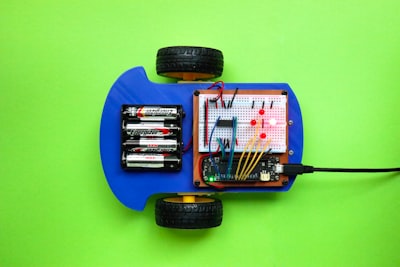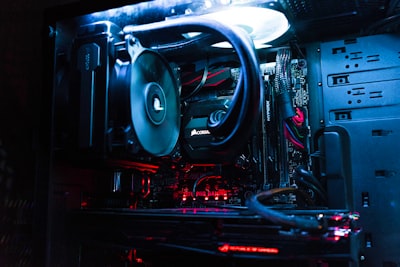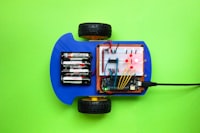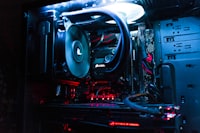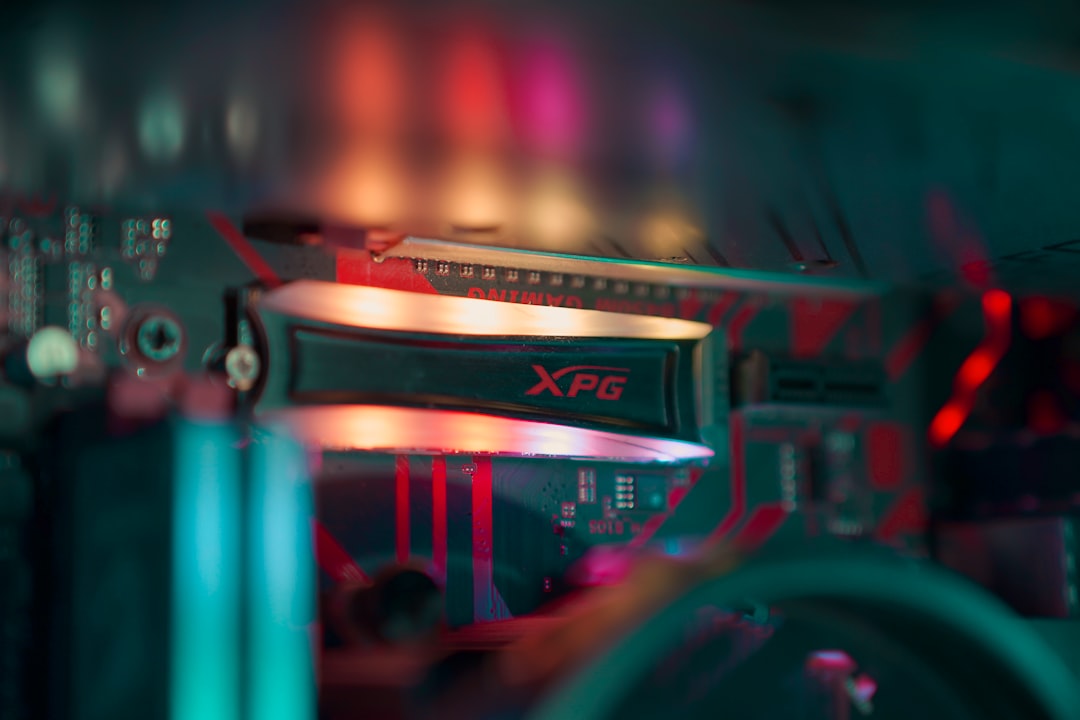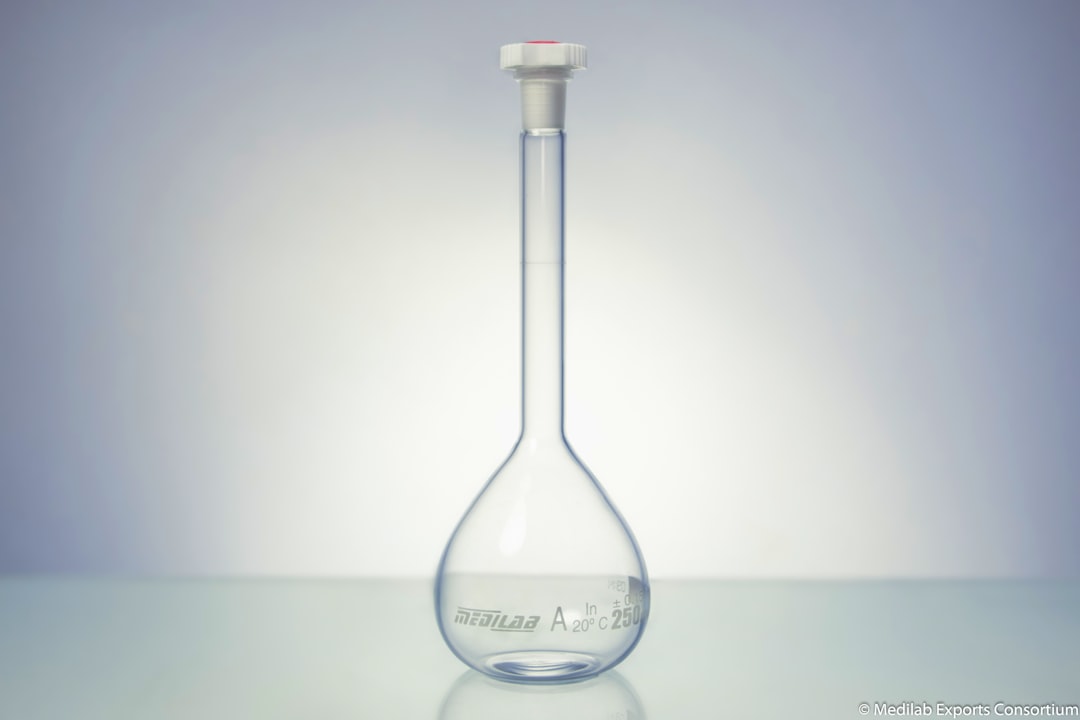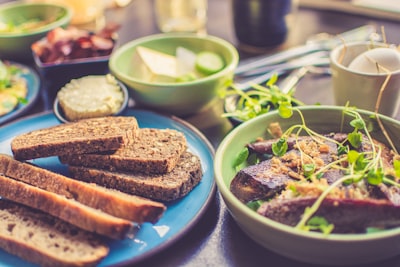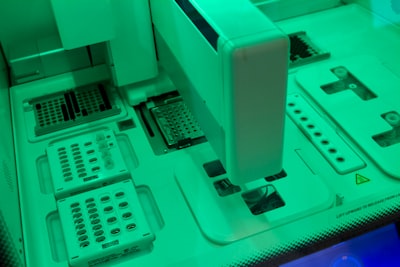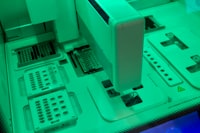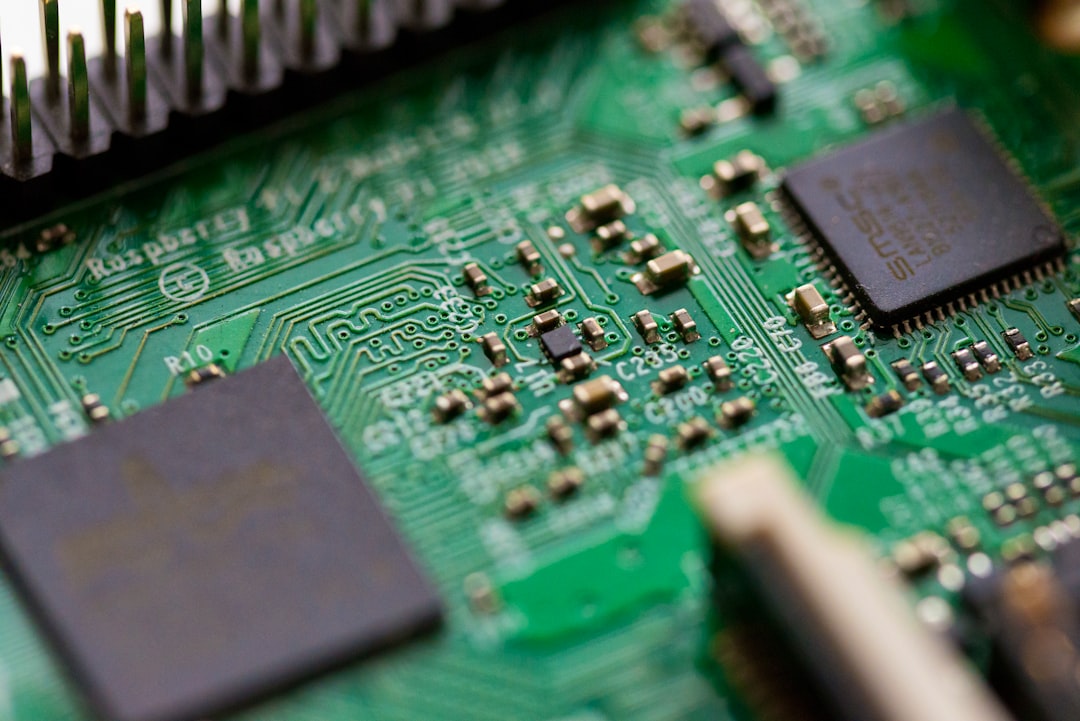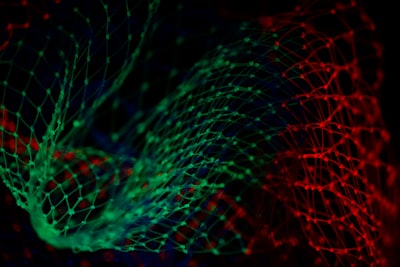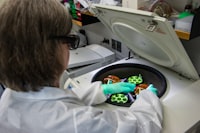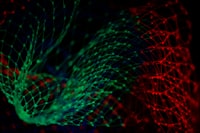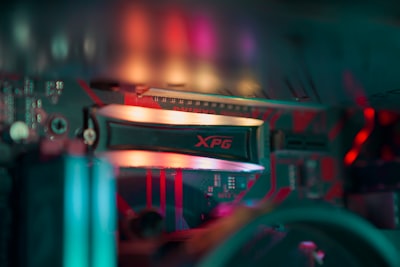Journal article
Overview of Serum Interleukin-18 (IL-18) Levels in Liver Cirrhosis Patients and Their Correlation to Hepatic Encephalopathy
Background: The inflammatory process has an important role in the pathophysiology of hepatic encephalopathy (HE) in liver cirrhosis. IL-18 is a key mediator who plays a role in neuroinflamation processes that can lead to symptoms of HE. This study aimed to determine serum IL-18 levels in liver cirrhosis patients and to assess the association of serum IL-18 levels with HE.Method: A total of 52 subjects (32 patients with liver cirrhosis and 20 healthy controls) were enrolled in this study. 32 patients with liver cirrhosis will be assessed for HE based on West-Haven criteria. All subjects were examined for serum IL-18 levels which is measured by ELISA method. We performed a comparative analysis between serum IL-18 levels of liver cirrhosis patients and healthy controls, a correlation analysis between serum IL-18 levels and HE, and a comparative analysis of serum IL-18 levels among degrees of HE.Results: Mean serum IL-18 levels in the liver cirrhosis group were 688.5 ± 674.3 pg/ml, and in the healthy controls group were 163.9 ± 100 pg/mL with p value = 0.01 (p < 0.05). There was a significant correlation between IL-18 and HE (r = 0.85, p = 0.00). Serum IL-18 levels in covert and overt HE groups were significantly higher than those without HE (p < 0.05).Conclusion: Serum IL-18 levels were significantly higher in liver cirrhosis patients than in healthy controls. There was a positive correlation between IL-18 and HE. Serum IL-18 levels in liver cirrhosis patients with HE were significantly higher than those without HE.


